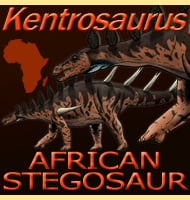Sphaerotholus
In Depth A genus of pachycephalosaurid dinosaur, Sphaerotholus has been raising a few questions as to its validity. The type species, S. goodwini is based upon only two very partial skull fossils. S. edmontonensis is based only upon three partial skull domes. This has led some to speculate that the genus is dubious and indifferent … Read more
